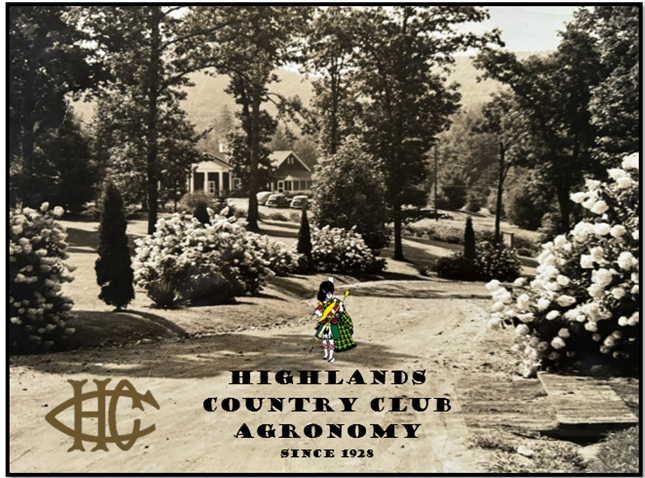We started prepping and seeding areas on the golf course with Fine Fescue. This is the turf that grows tall and has a wispy seed head that we use on steep slopes. While some may prefer the look of maintained turf, on steep slopes, it's just not practical to grow Kentucky Bluegrass in these areas. The intense maintenance and water requirements on that kind of slope would use a tremendous amount of resources. We are covering the seed temporarily with loose wheat straw. Historically, we used a straw mat, that was rolled over top of the seed bed. We are trying this straw this year so we can rake it up once the seed germinates and establishes. The matting we would use would be permanent once the grass started to grow. Removing the mat after germination would tear up the seedlings below it. There are other benefits to using Fine Fescue on slopes like on #3. Some examples are:
Friday, March 22, 2024
#3 Fescue Bed
1. Biodiversity: Native areas provide habitat for a wide range of plant and animal species, including native grasses, wildflowers, birds, insects, and small mammals. By maintaining these areas, golf courses can help support local ecosystems and promote biodiversity.
2. Water conservation: Native plants are well-adapted to local climate and soil conditions, making them more drought-tolerant and requiring less water than non-native species. By incorporating native areas into their landscape design, golf courses can reduce water usage and support water conservation efforts.
3. Erosion control: Native plants have deep root systems that help stabilize soil and prevent erosion. By planting native species in areas prone to erosion, golf courses can reduce the risk of sediment runoff and protect water quality in nearby streams and rivers.
4. Aesthetics: Native plants can add visual interest and natural beauty to golf course landscapes, providing a more authentic and sustainable alternative to traditional landscaping practices. Native areas can also enhance the overall aesthetic appeal of a golf course and create a more natural, harmonious environment for players and wildlife alike.

